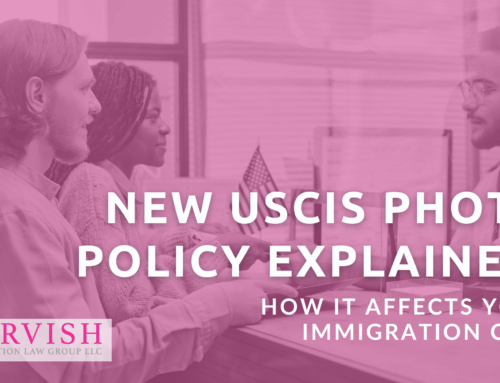Navigating the intricacies of U.S. immigration law can be complex, especially when it comes to employment termination and maintaining status. Thankfully, the U.S. Citizenship and Immigration Services (USCIS) regulations include a discretionary grace period that offers some flexibility for certain visa holders and their dependents. This article explores the grace period provisions and provides guidance on how to navigate this period effectively.
Exploring the 60-Day Grace Period:
Under USCIS regulations, workers in specific visa classifications, including E-1, E-2, E-3, H-1B, H-1B1, L-1, O-1, or TN, and their dependents, have the benefit of a 60-day grace period following the layoff or termination of employment. During this grace period, individuals are considered to have maintained their status. It is important to note that the grace period lasts for 60 consecutive calendar days or until the end of the authorized validity period, whichever is shorter.
Taking Advantage of the Grace Period:
Upon the termination of employment, the 60-day grace period commences. During this time, individuals have the opportunity to find new employment and seek sponsorship for their visa. This includes engaging in job interviews, negotiating job offers, and even filing new H-1B petitions with the USCIS. It’s a crucial window to explore viable options and secure new employment.
Exploring Other Visa Options:
If finding new employment within the grace period proves challenging, individuals have two primary choices. They can either depart from the United States or consult an immigration attorney to explore alternative visa options that may be available to them. Immigration laws and policies can change, so it is essential to rely on up-to-date information from the USCIS official website or seek professional guidance from an immigration attorney.
Understanding the grace period for employment termination is crucial for individuals in specific visa classifications. The discretionary 60-day grace period provides an opportunity to secure new employment or explore alternative visa options. By staying informed with the USCIS official website and seeking professional guidance, individuals can effectively navigate this transitional period and make informed decisions for their immigration status.
To ensure that you have the most accurate and tailored guidance for your specific situation, it is highly recommended to consult with an immigration attorney. They can provide expert advice, navigate the complexities of immigration law, and offer personalized solutions based on the latest regulations. If you need assistance, our team of trusted Atlanta-based immigration attorneys is here to help.
Contact us today to if you find yourself in need of a new path to the American dream.
About the Author
Elizabeth Garvish
Elizabeth L.A. Garvish founded Garvish Immigration Law Group, LLC in 2011 after practicing immigration law in small boutique firms, big law and nonprofits. Elizabeth is a frequent speaker and presenter on entrepreneurship and U.S. immigration topics around the world. She is an active member of the American Immigration Lawyers Association (AILA) and serves on various national committees and is the Past Chair of the Georgia-Alabama Chapter of AILA. Elizabeth is also a certified member of the EO Global Speakers Academy.





